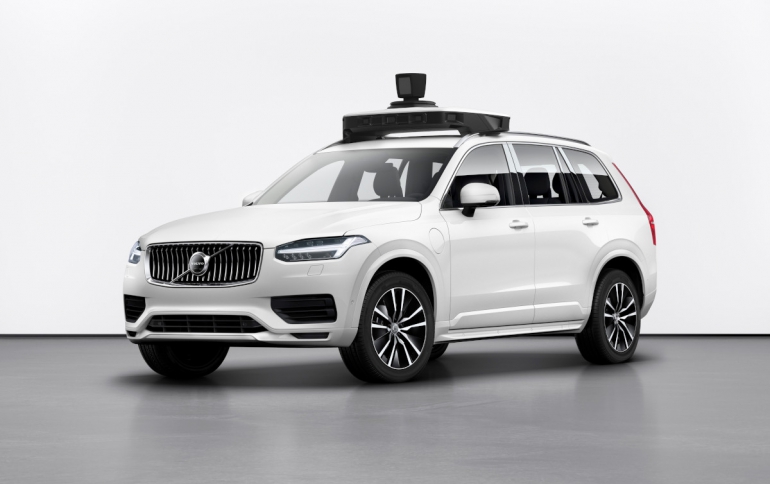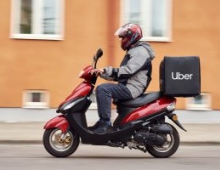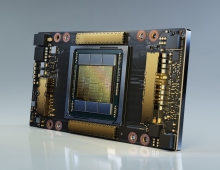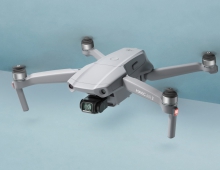
Volvo Cars and Uber Unveil New Self-driving Vehicle
Volvo Cars and Uber today presented a jointly developed production car capable of driving by itself, the next step in the strategic collaboration between both companies.
Uber and Volvo Cars entered a joint engineering agreement in 2016 and have since developed several prototypes aimed at accelerating the companies’ self-driving car development. The new Volvo XC90 SUV is the first production car that in combination with Uber’s self-driving system is capable of fully driving itself.
The XC90 base vehicle is equipped with key safety features that allow Uber to install its own self-driving system, enabling the possible future deployment of self-driving cars in Uber’s network as an autonomous ridesharing service.
The most important features of Volvo Cars’ autonomous drive-ready production vehicle include several back-up systems for both steering and braking functions as well as battery back-up power. If any of the primary systems should fail for some reason, the back-up systems are designed to immediately act to bring the car to a stop.
In addition to Volvo’s built-in back-up systems, an array of sensors atop and built into the vehicle are designed for Uber’s self-driving system to safely operate and maneuver in an urban environment.
When paired with Volvo’s vehicle platform, Uber’s self-driving system may one day allow for safe, reliable autonomous ridesharing without the need for a Mission Specialist, the specially trained Uber employees operating and overseeing the car in areas designated and suitable for autonomous drive.
The autonomous drive-capable production vehicle revealed today is part of Volvo Cars’ 2016 commercial agreement with Uber for the delivery of tens of thousands of autonomous drive-ready base cars in coming years.

“We believe autonomous drive technology will allow us to further improve safety, the foundation of our company,” said Håkan Samuelsson, president and chief executive of Volvo Cars. “By the middle of the next decade we expect one-third of all cars we sell to be fully autonomous. Our agreement with Uber underlines our ambition to be the supplier of choice to the world’s leading ride-hailing companies.”
Volvo Cars plans to use a similar autonomous base vehicle concept for the introduction of its future autonomous drive cars in the early 2020s. These technologies, to be introduced on the next generation of Volvo models based on the SPA2 vehicle architecture, will include features designed to enable unsupervised autonomous drive in clearly designated areas such as highways and ring roads.
In December, Uber resumed limited self-driving car testing on public roads in Pittsburgh, nine months after it suspended the program following a deadly accident in Arizona.
In March 2018, authorities in Arizona suspended Uber’s ability to test its self-driving cars after one of its XC90 cars hit and killed a woman crossing the street at night in the Phoenix suburb of Tempe, Uber’s largest testing hub. The crash was the first death attributed to a self-driving vehicle.
In March 2019, prosecutors in Arizona said the company was not criminally liable in the self-driving crash and would not pursue charges. Uber ended testing in Arizona but plans to eventually resume testing in Toronto and San Francisco.
Other companies are also working to deploy self-driving vehicles in limited areas.
General Motors Co in January 2018 sought permission from U.S. regulators to deploy a ride-sharing fleet of driverless cars without steering wheels or other human controls before the end of 2019 but is still struggling to win regulatory approval. Alphabet Inc’s Waymo unit is operating a robotaxi service in Arizona and said last month it is partnering with Lyft Inc to serve more riders.
Testing restaurant food deliveries by drone
In related nes, Uber Eats unit began the tests in San Diego with McDonald's and plans to expand to other restaurants later this year.
Uber says the service should decrease food delivery times.
Workers at a restaurant load the meal into a drone and it takes off, tracked and guided by a new aerospace management system. The drone then meets an Uber Eats driver at a drop-off location, and the driver will hand-deliver the meal to the customer.
In the future, the company wants to land drones atop parked vehicles near delivery locations and secure them to the vehicle for the final mile of the delivery.
Last year Uber and the city of San Diego won a bid from the U.S. Federal Aviation Administration to test food delivery by air.





















